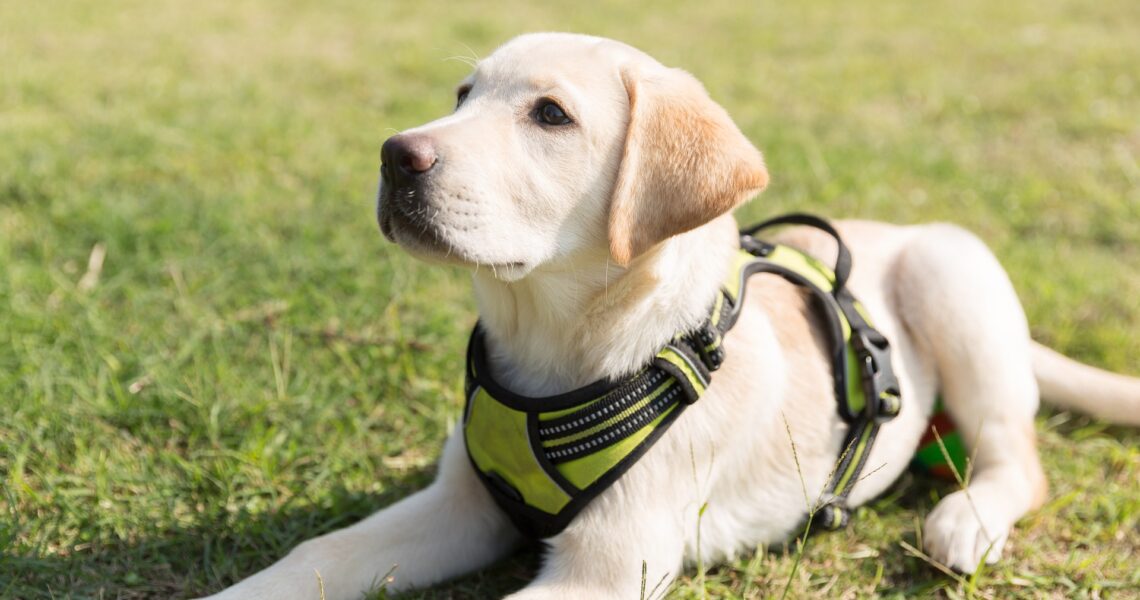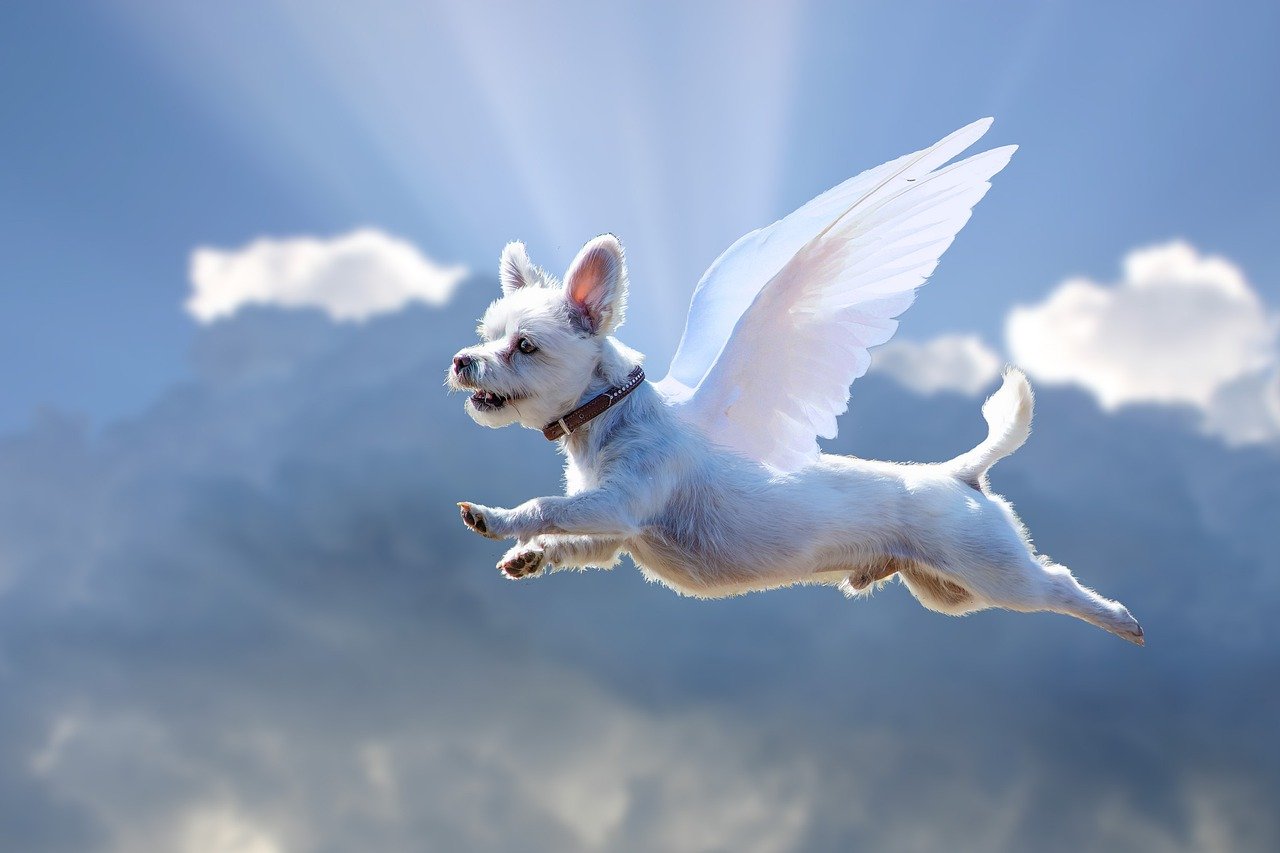
If you have been reading our articles you may already know what a service dog is. For those of you who are new here, we will give the definition again. Service dogs are dogs individually trained to perform specific tasks for the benefit of people with different kinds of disabilities- physical, mental, sensory, intellectual...etc. These dogs become an essential part of their handlers’ lives and support them during their daily life struggles.
There are many people who associate service dogs only with guide/mobility dogs and are not familiar with the variety of tasks that these dogs can be trained to perform. Our goal is to write articles as informative as possible, that cover different topics in regard to the health, well-being, behavior, training, raising of dogs and service dogs in particular.
In this article, we will provide you with information about the tasks that service dogs can perform and will divide them into different groups for better understanding. Please note that this is not an official classification and the tasks can be grouped by different criteria.
Mobility/Balance Tasks
One of the most important tasks that service dogs can perform is the tasks related to impairments that affect the mobility and the balance of a person. Examples of this kind of task are:
• pulling a wheelchair;
• assisting the handler to change their position, i.e. if they are in a sitting position and want to stand;
• helping the handler to climb/go downstairs;
• provide balance during a walk (in most cases service dogs who perform this task, wear a harness with a sturdy grip);
• helping the handler to transfer from one place to another, i.e.: from one room to another, from a coach to a chair, from a grocery store to the pharmacy, from a park to store...etc.);
• assisting the handler when they have fallen to stay on their feet again;
• helping the handler to get out of / get in the bathtub or the shower;
• turning over the handler on their back, if they have fallen;
• rolling the handler on their side through pulling/nudging;
• dragging heavy items;
• cleaning-up items of the floor;
• carrying grocery bags;
• unloading items from the washer/dryer;
• unloading grocery bags;
• turning lights on/off;
• opening/closing doors and drawers
Guiding Tasks
Having a guide dog by their side can be life-saving for many handlers with visual impairments while at home and in public. Some of the guiding tasks that service dogs can perform are:
• guiding the handler home;
• guiding the handler to a specific: person, location, object, item;
• guiding the handler to the exit of a building;
• guiding the handler to a safe place;
• guiding the handler around hanging objects;
• guiding the handler around static as well as moving items;
• notifying the handler about obstacles on the way like barriers or manholes;
• notifying the handler about curbs or stairs;
• notifying the handler about elevation changes;
• staying before the handler and stop them from moving in case of danger;
• finding assigned seat (at school, work...etc.)
Retrieving Tasks
Different kinds of disabilities may lead to the inability of the handler to pick up, reach or move objects. The retrieving tasks that service dogs can perform, are really helpful on a daily basis. Examples of these tasks are:
• retrieving medication (maybe the most important one in this group);
• retrieving a phone (another important task, as the handler will be able to dial 911);
• retrieve devices needed for walking like a cane or a wheelchair;
• retrieving food or beverage;
• retrieving a wallet;
• retrieving clothes;
• retrieving shoes;
• retrieving TV/Air conditioner remote;
• retrieving towels;
• retrieving blankets;
• retrieving the equipment needed for walks- leash, harness, vest...etc.;
• retrieving any dropped items when the handler shows them.
Alert Tasks
These tasks may be related to alerting the handler when certain body functions reach too high or too low levels like the heart rate or the blood sugar. The ability of a dog to alert the handler about an abnormality in a body function is considered innate. The training process is likely to only address their ability correctly. This means that they can be trained how to alert the handler in the “right way” and to be consistent. However, some trainers think that all dogs can be trained to perform alert tasks, when properly trained. Alert tasks may also be performed by service dogs for the benefit of handlers, who deal with hearing, visual or any kinds of impairments interfering with the proper perception of and interaction with the environment.
Examples of alert tasks are:
• alerting the handler about an oncoming seizure;
• alerting the handler about a heart attack;
• alerting the handler about changes in the blood sugar levels;
• alerting another person about the handler’s condition if it gets worse;
• alerting the handler about a car/motorcycle/bicycle on the road;
• alerting the handler about a fire alarm/cooking alarm;
• alerting the handler about food containing allergens;
• alerting the handler about some ringing the doorbell / knocking on the door;
• alerting the handler, when someone calls them by name;
• alerting the handler to different sounds like phone, sirens, items that have been dropped;
• alerting the handler about official announcements;
• alerting a certain family member about the handler’s condition;
• alerting a passerby about the handler’s condition;
• alerting the handler about obstacles or any objects on the way (similar to the mobility tasks).
Psychiatric Service Dog (PSD) Tasks
These tasks are performed by Psychiatric Service Dogs for the benefit of people who coop with PTSD, anxiety, stress, depression and different types of psychiatric illnesses. Some of these tasks have been already listed above, as psychiatric conditions may require different kinds if assistance. We will begin with the tasks that are deemed the most specific ones for PSDs:
• tactile stimulation, i.e.: pawing, nudging, licking;
• grounding the handler (the dog will try to connect you to the present moment when you are experiencing a dissociative episode/flashback);
• interfere with a harmful behavior;
• retrieve medication or any objects needed;
• open/close doors and drawers;
• wake up the handler when they have a nightmare;
• “Reality Check” task to interrupt hallucinations if present;
• crowd control;
• panic prevention in public.
Interactions with Other People
Some of the tasks that service dogs perform may be related to interactions with other people like cashiers, delivery men, or family members as needed. Some of these tasks are:
• give a cashier money/credit card;
• bring a note to a specific person;
• deliver an item to a person;
• find a specific person;
• follow a specific person;
• find help, as needed
As you can see there are various tasks that a service dog can be trained to perform. These tasks have been adapted to the person’s needs in order to suit them the best and help them in their daily life. Service dogs become a vital part of the lives of their handlers and should be treated with love and respect.










